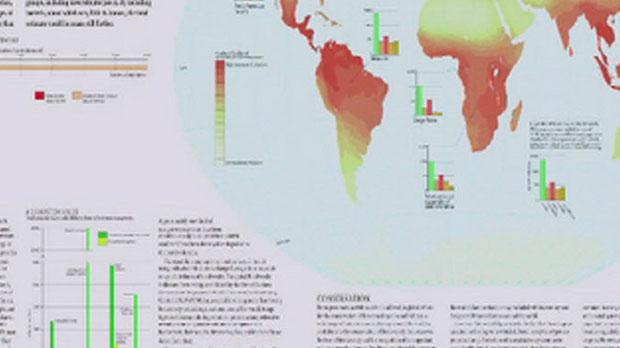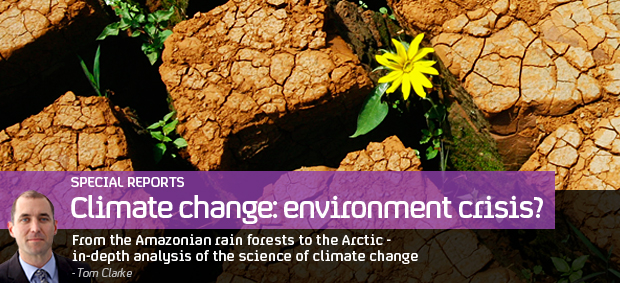New atlas charts environmental change
The latest edition of The Times atlas shows the effects of environmental change on the planet including the appearance of a new island.

Cartographers have had to erase 15 per cent of the ice on the world’s largest island in the 13th edition of the atlas, reflecting the retreat of Greenland’s glaciers in the past 12 years in face of a warming climate.
They have also included a new island off the coast of Greenland, named “Warming Island” (Uunartoq Qeqertoq), which has appeared as a separate piece of land several miles long as the ice melts and is large enough to be shown on the map.
The atlas documents a number of other environmental changes, including the break up of both the Antarctic Wilkins ice shelf and the “ice bridge” that linked it to Charcot Island.
The Aral Sea has shrunk by three-quarters since 1967, while only a small proportion of Lake Chad still remains. For the first time, the atlas charts not only their current extent, but their former coverage to highlight the changes that the bodies of water have undergone.
And rivers including the Colorado, in the US, and the Ongyin Gol in Mongolia are now shown as “intermittent”. The Colorado does not reach the sea most years because of human activities including damming, irrigation and water redirected to cities such as Salt Lake City, while the Ongyin Gol has been diverted for gold-mining activities.
Hell on earth
There are also 7,000 place name changes in the new edition, with Russia leading the way with 978 changes, followed by China which had 882 name changes since the last atlas.
Unusual place names in the atlas include Head-Smashed-In-Buffalo Jump, a tourist site in Canada, Truth or Consequences, in New Mexico, US, and Hell, a town in Norway where temperatures reach minus 20C in winter.
The atlas also highlights that 90% of the global population increase – with human numbers set to hit seven billion on October 31 – is in less-developed countries, particularly in southern and eastern Asia.
-
Latest news
-
‘Russian aggressions have never pushed Georgia to deviate from its own path’, says Georgian President5m

-
Why is Georgia’s ruling party so intent on adopting ‘foreign influence’ bill?5m

-
Trump’s lawyers try to paint Michael Cohen as liar out for revenge at trial3m

-
England’s schools told not teach gender identity2m

-
Slovakia PM shooting: Suspect charged with attempted murder3m

-





